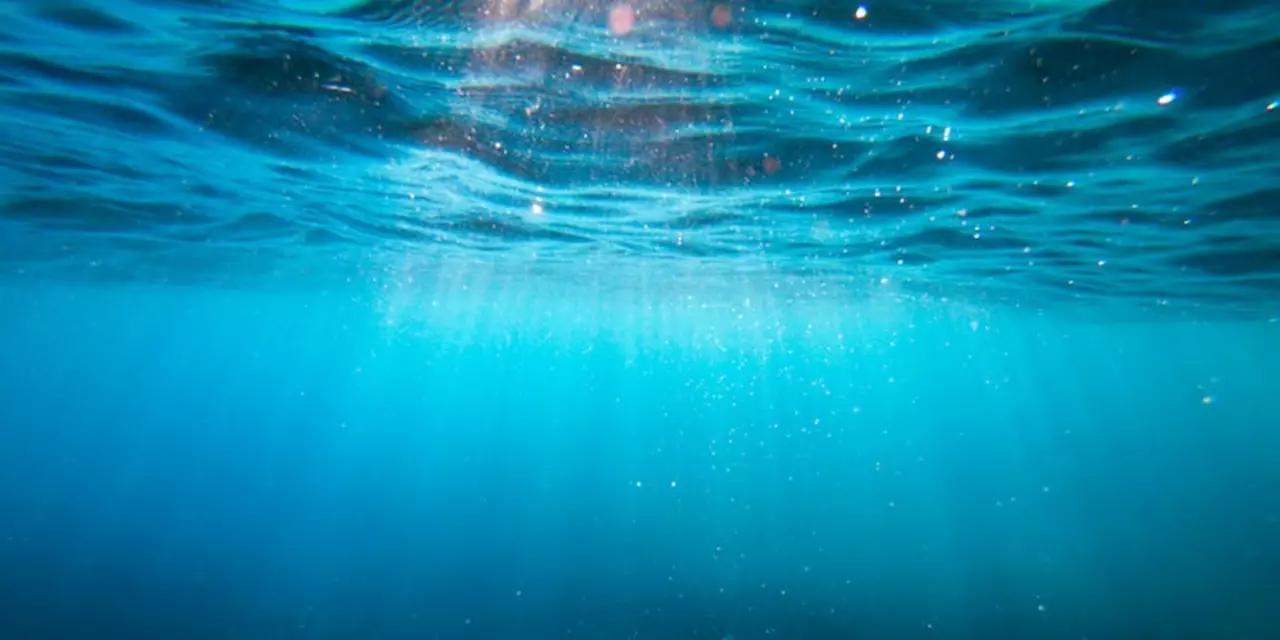How Deep Can Sharks Swim?
Ever wonder how far down a shark can go? Most of us picture them cruising near the surface, but many species are true deep‑sea wanderers. In this guide we break down the typical depth ranges, the record‑breaking dives, and what keeps sharks comfortable (or not) far below the waves.
Typical Depths for Common Sharks
For everyday encounters, think of 2,000 feet (about 600 meters) as a ballpark figure. Coastal sharks like the blacktip or bull shark usually hang out in shallower waters—under 200 feet—because they hunt fish that stay near the reef. Bigger pelagic types, such as the great white, can dip down to 1,200 feet when they’re tracking prey. These depths are deep enough to stay out of the sunlight but shallow enough to avoid crushing pressure.
Record‑Breaking Dives and the Science Behind Them
The champion of depth is the Greenland shark. Researchers have logged a single individual at a jaw‑dropping 10,000 feet (over 3,000 meters). That’s deeper than most submarines can comfortably travel. The secret? A special combination of flexible cartilage, slow metabolism, and a blood chemistry that tolerates high pressure and low temperature. Most sharks can’t handle that kind of squeeze, which is why they stick to shallower zones.
Pressure increases by about one atmosphere every 33 feet of water. At 10,000 feet, a shark feels roughly 300 atmospheres of pressure—a force that would crush a regular fish instantly. Sharks avoid that by having a cartilaginous skeleton that’s both light and resilient, plus a liver filled with oil that helps with buoyancy. Without these adaptations, the deep sea would be a lethal squeeze.
Another factor is oxygen. Deep water holds less dissolved oxygen, so many sharks can’t sustain long swims at extreme depths. Species that do, like the Greenland shark, have slow, energy‑saving movements and can go weeks without eating. That patience lets them linger where food is scarce but competition is even scarcer.
If you’re curious about the practical side—say you’re planning a dive or a marine‑life blog—focus on the depth range that matches your interest. Want to talk about shark encounters for tourists? Stick to the 0‑200‑foot zone where most coastal sightings happen. Targeting a scientific audience? Highlight the Greenland shark’s 10,000‑foot record and the physiological tricks that make it possible.
Local clubs in Sutton often organize shark‑watch outings, and they usually stick to shallow bays for safety. Those events are great for kids and beginners who want to see a sleek shark silhouette under the surface. If you’re after a deeper dive, you’ll need a specialized vessel and a crew trained for high‑pressure environments—something not common in our area.
Bottom line: Sharks are versatile travelers. Most stick to a few hundred feet, but a handful can go down thousands of meters. Their ability to handle pressure, low oxygen, and frigid temperatures sets them apart from most fish. Knowing these depth habits helps you appreciate why you might see a shark near the shore one day and hear about a record‑deep dive the next.
So next time you hear someone brag about spotting a shark, ask them how deep it was. The answer usually tells you more about the species than the location alone. And if you’re ever tempted to chase a record yourself, remember the ocean’s pressure isn’t something to take lightly—respect the depth, respect the shark.
How deep can sharks swim in the ocean?
- Kieran Lockhart
- on Feb 14 2023
- 0 Comments
Sharks are some of the most impressive creatures in the ocean, and can dive to incredibly deep depths. The average depth that sharks can reach is around 2,000 feet, though some species are known to dive much deeper. The deepest recorded dive is an astonishing 10,000 feet, achieved by a Greenland shark. The pressure of the deep ocean can put a lot of strain on a shark's body, and for this reason, most sharks tend to stay in shallower waters. Sharks can also be found in a variety of ocean habitats, from shallow estuaries to the deepest parts of the ocean.
